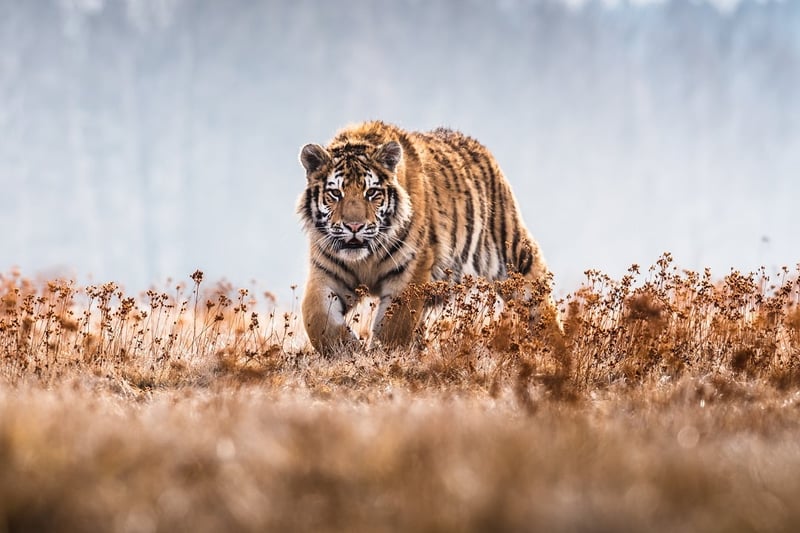
This year, the theme of World Wildlife Day is focused on the use of technology in wildlife conservation and the pivotal role of digital innovation in safeguarding biodiversity.
Every year on March 3rd, we celebrate the United Nations World Wildlife Day (WWD). This is a day to honour the diversity of wild animals that enrich our planet and inspire our work to protect and conserve them.
This year, the theme for WWD is "Connecting People and Planet: Exploring Digital Innovation in Wildlife Conservation." Technology is reshaping our world at an unprecedented rate, driving profound changes in how we live, work, and even interact with one another. From digital innovations to new tools, these advancements have made aspects of wildlife conservation such as research, tracking, and communications easier, more efficient and more accurate.
At World Animal Protection, we utilize various forms of technology in our own conservation and protection efforts, from radio collars and camera traps, to microchips, sonar and statistical software. Test your knowledge of World Animal Protection projects with our quiz on using technology to help animals!
Join us in honouring World Wildlife Day by sharing this quiz with your friends and family.
#World Wildlife Day
Exploring Digital Innovation in Wildlife Conservation Quiz:
- What is the primary purpose of using radio or Global Positioning System (GPS) collars in wildlife conservation?
- A. Monitoring habitat loss.
- B. Tracking animal movements.
- C. Recording animal vocalizations.
- D. Identifying individual animals.
- What is the primary function of camera traps in wildlife conservation?
- A. Collecting DNA samples from animal droppings.
- B. Monitoring changes in water temperature.
- C. Capturing images/videos of elusive or nocturnal species.
- What role does microchipping play in our work to end the bear bile industry in Vietnam?
- A. It allows for real-time tracking of bears' movements in the wild.
- B. It enables better monitoring of weather patterns affecting bear habitats.
- C. It facilitates the identification and registration of captive bears, preventing new entries into bear bile farms.
- D. It provides virtual reality experiences to raise awareness about the cruelty of bear bile farming.
- How is sonar scanning technology used to aid in the conservation of vaquita porpoises?
- By monitoring changes in ocean temperatures affecting vaquita habitats.
- By tracking the migration patterns of vaquita porpoises in the Gulf of California.
- By locating and removing illegal fishing nets that pose a threat to vaquita populations.
- By conducting underwater surveys to study the behavior of vaquita porpoises in their natural habitat.
- What technology was used in our investigations to expose the illegal wildlife selfie trade in the Amazon?
- A. Virtual reality simulations
- B. Augmented reality apps
- C. Satellite imagery analysis
- D. Social listening technology
- What statistical programming language was predominantly utilized for data analysis in the study on the importation of wildlife into Canada, along with Access to Information requests and other methods?
- Python
- Java
- R
No peeking... answers below...
.
.
.
1: B - Tracking animal movements. Devices like GPS and radio collars are used to track animal movements. Animals like Darlan and Cecilia, rescued anteaters, were released back into the wild with radio collars on so that their movements could be tracked to help with monitoring and research.
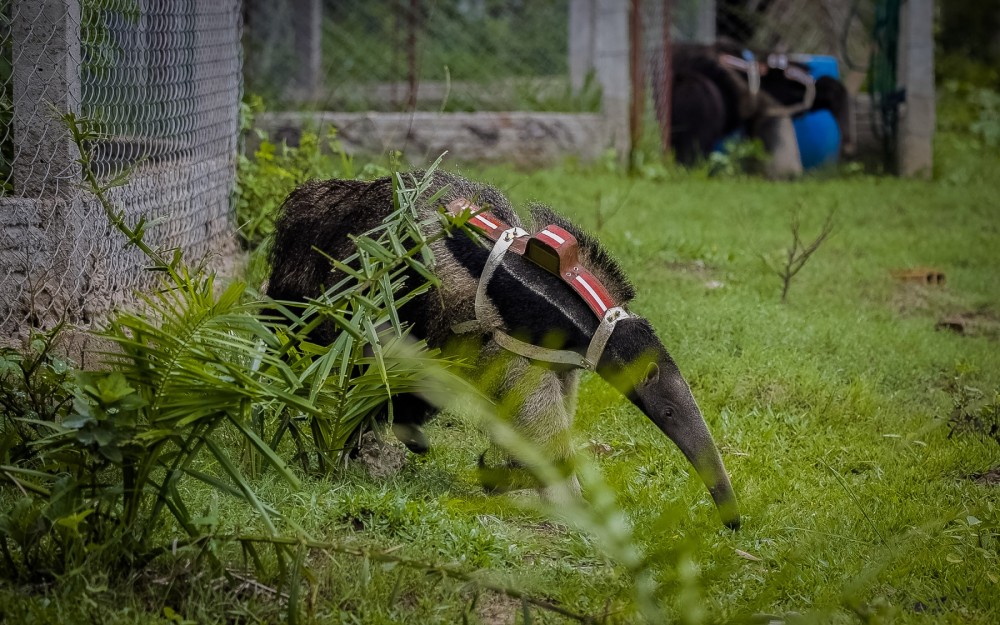 Photo: World Animal Protection/Noelly Castro
Photo: World Animal Protection/Noelly Castro
2: C - Capturing images/videos of elusive or nocturnal species. Xamã, a jaguar cub rescued from the Brazil wildfires, is being monitored by camera traps in his rehabilitation enclosure. Using camera traps allows us humans to observe and monitor his progress and health from a distance, minimizing disturbances and enabling him to maintain natural behaviours, which is critically important for a successful release back into the wild.
3: C - It facilitates the identification and registration of captive bears, preventing new entries into bear bile farms. As part of our work to end the cruel bear bile trade, we provide support to Vietnam FPD for microchipping and monitoring program. This program prevents new wild bears from being caught and sent to a life of suffering in the bear bile farm industry.
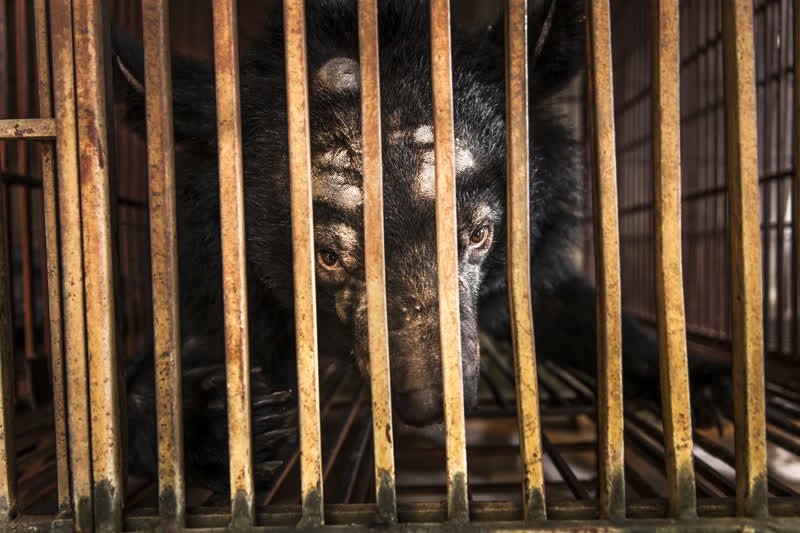
4: C - By locating and removing illegal fishing nets that pose a threat to vaquita populations. We used unique sonar scanning technology, provided by Monterey Bay Diving, to find discarded nets likely to entangle vaquitas. Thanks to the precision of this technology, we removed an astounding 2,000 square metres of net in critical vaquita porpoise habitat during this project. This important work continues through the work of the Global Ghost Gear Initiative (GGGI).
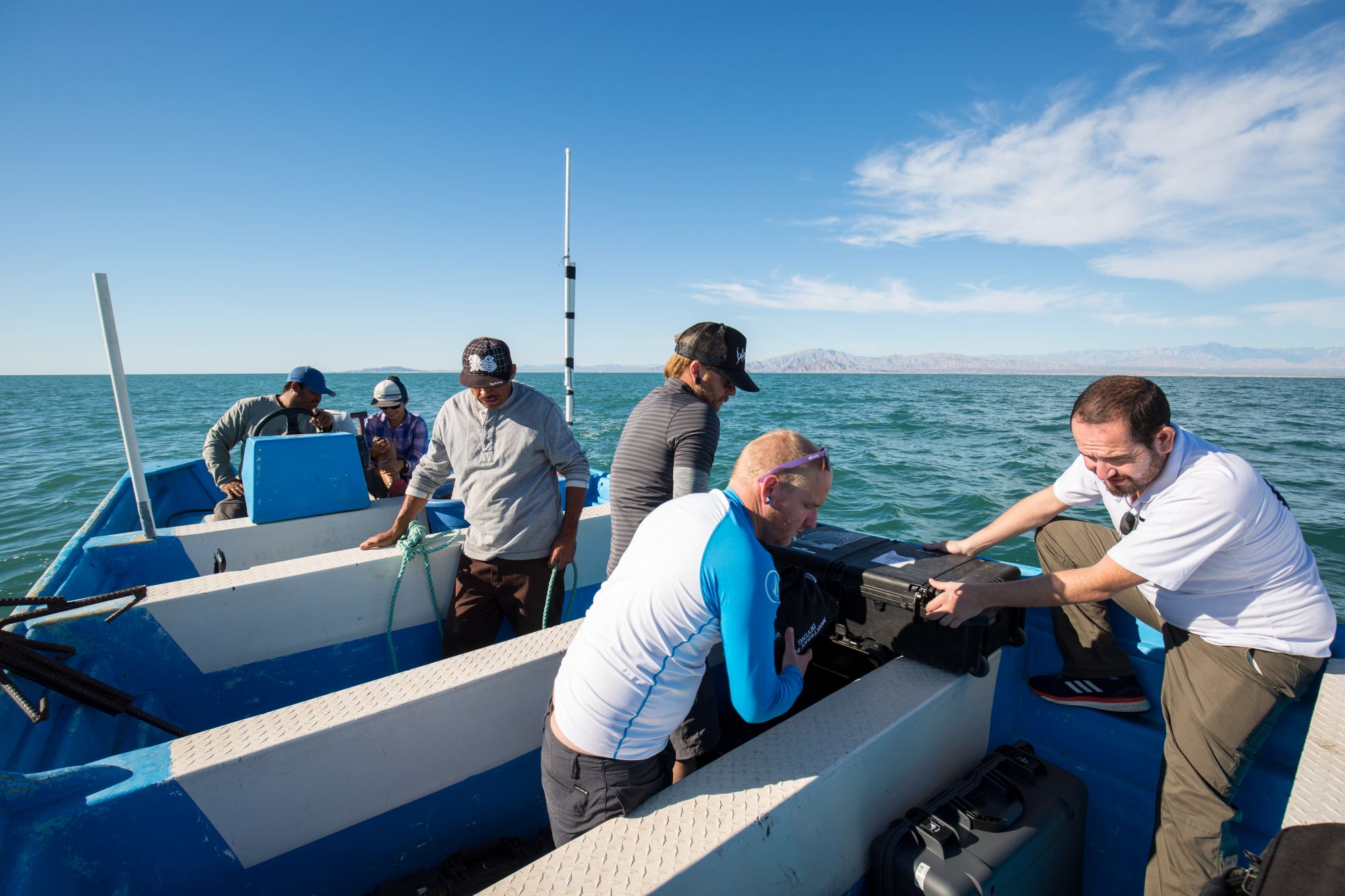
5: D - Social listening technology. Our investigation into the cruel wildlife tourist activities across Latin America, as well as the use of ground-breaking social listening technology, showed the prevalence of wildlife selfies across social media— a growing deadly threat to wild animals. Our social listening research involved the use of image recognition software to analyze the prevalence of wildlife selfies across popular social media platforms.
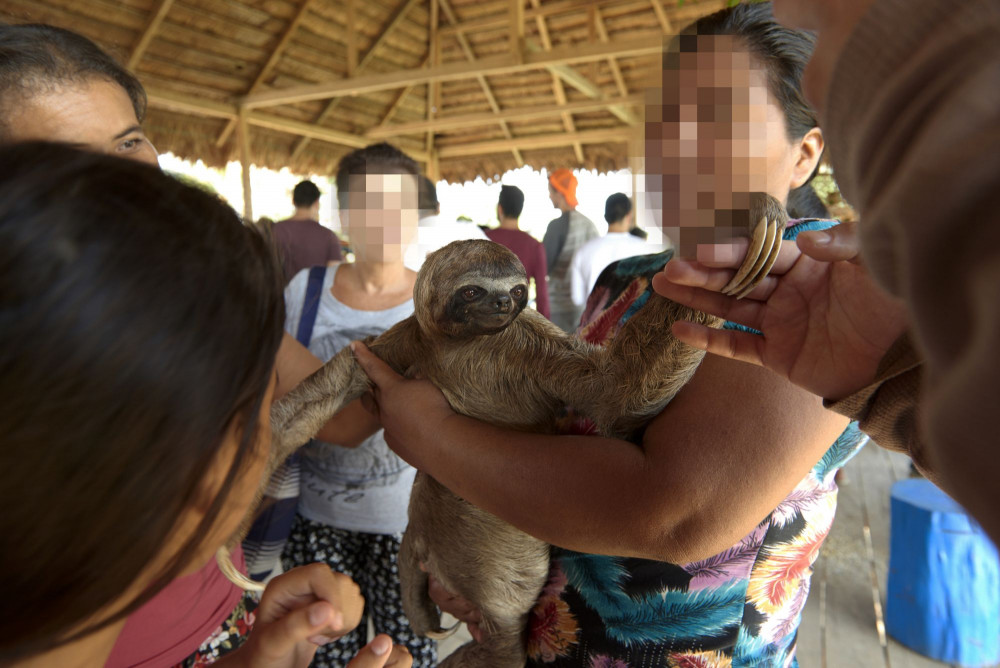 Photo: World Animal Protection / Nando Machado
Photo: World Animal Protection / Nando Machado
6: C - R. For our research on the importation of wildlife into Canada, we used a software program called “R” for all our data analysis. Our analysis found a shocking number of live wild vertebrates are imported into Canada every year, half of which for the exotic pet market, and most of them we don’t know what species it is!